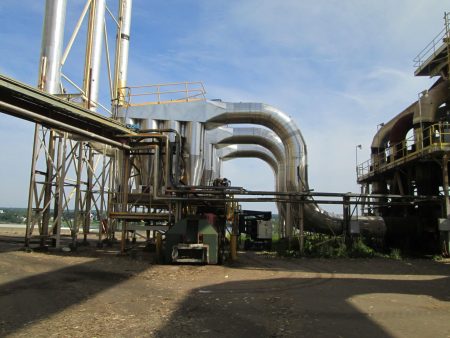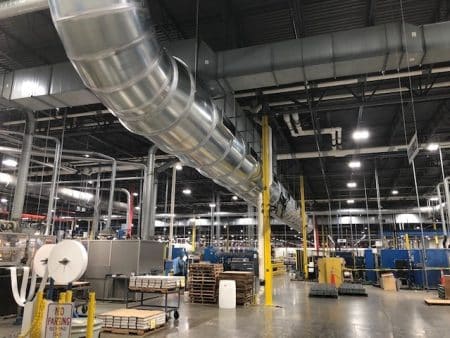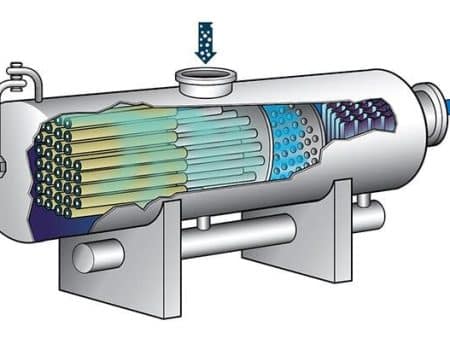Nitrogen oxides (NOx), a group of gaseous compounds composed of nitrogen and oxygen, are significant air pollutants that contribute to a range of environmental and health problems. NOx emissions primarily stem from human activities, including the combustion of fossil fuels in vehicles, power plants, and industrial processes. These emissions can cause respiratory problems, acid rain, and the formation of ground-level ozone, a harmful pollutant that damages vegetation and human health.
Understanding NOx Emissions and Their Impacts
NOx emissions are primarily made up of nitric oxide (NO) and nitrogen dioxide (NO2). NO and NO2 are formed when nitrogen and oxygen react at high temperatures, such as those occurring in combustion processes. Once emitted into the air, NOx can undergo further reactions, contributing to the formation of harmful pollutants.
Impacts of NOx Emissions
NOx emissions have several detrimental impacts on the environment and human health:
- Respiratory Problems: NOx can irritate the respiratory system, causing coughing, wheezing, and difficulty breathing. Long-term exposure to NOx can worsen asthma and other respiratory conditions.
- Acid Rain: NOx contributes to the formation of acid rain, which can harm forests, lakes, and streams. Acid rain can also damage buildings and monuments.
- Ground-Level Ozone: NOx reacts with other pollutants in the atmosphere to form ground-level ozone, a harmful pollutant that damages vegetation and can cause respiratory problems in humans.
Effective Strategies for How to Reduce NOx Emissions
Fortunately, there are several effective strategies for reducing NOx emissions:
- Switching to Cleaner Fuels: Replacing fossil fuels with cleaner alternatives, such as natural gas, renewable energy sources, or electricity, can significantly reduce NOx emissions.
- Improving Combustion Efficiency: Optimizing combustion processes in vehicles, power plants, and industrial facilities can minimize NOx formation.
- Implementing Advanced Emission Control Technologies: Installing advanced emission control technologies, such as selective catalytic reduction (SCR) and selective non-catalytic reduction (SNCR), can effectively capture and remove NOx from emissions.
- Promoting Sustainable Transportation: Encouraging the use of public transportation, cycling, and walking can reduce emissions from the transportation sector.
- Regulating Industrial Processes: Implementing stricter regulations on industrial processes that contribute to NOx emissions can help reduce pollution levels.
CECO Environmental’s Commitment to Reducing NOx
CECO Environmental is a leading provider of environmental solutions with over 150 years of experience serving industrial applications across the globe. We have extensive knowledge and first-hand experience working with those wondering how to reduce NOx emissions and with NOx emission reduction technologies. We are committed to developing and deploying solutions that are efficient, safe, and cost-effective. We believe that reducing NOx emissions is essential for protecting our environment and ensuring public health.
Join us in our mission to reduce NOx emissions and create a cleaner, healthier environment for all. Contact CECO Environmental today to learn more about our NOx reduction solutions and how we can help you achieve your sustainability goals.
Want to learn more? Here are some other resources on how to reduce NOx emissions:



